, Pens, Paper, and Records. IMS Clarice Lispector, 2014. Disponível em: https://site.claricelispector.ims.com.br/en/2014/07/22/caneta-papel-e-discos/. Acesso em: 07 January 2026.
Listening to music is not only a pleasurable activity but also an almost necessary task for those whose vocation it is to incorporate words – a mixture of sound and silence – as a way of illuminating existence. In the archives of Clarice Lispector, Otto Lara Resende, and Decio de Almeida Prado, there are several LPs that help us get to know a little about the musical taste of these three writers.
Clarice Lispector, for example, was explicit in relation to what music meant to her. In Água Viva, she confesses: “I see that I’ve never told you how I listen to music – I gently rest my hand on the record player and my hand vibrates, sending waves through my whole body: and so I listen to the electricity of the vibrations, the last substratum of reality’s realm, and the world trembles inside my hands.”
Covers from Clarice Lispector’s LPs: on the left, St. Matthew Passion, by J.S. Bach, performed by the Concertgebouw Orchestra of Amsterdam; on the right, The Complete String Quartets of Ludwig von Beethoven, performed by the Budapest String Quartet. Clarice Lispector Archive / IMS Collection
On the left, Jeanne D’Arc au bucher, by Arthur Honegger, performed by The Philadelphia Orchestra; on the right, Othello, by William Shakespeare, with Paul Robeson, José Ferrer, Uta Hagen, and Edith King. Clarice Lispector Archive / IMS Collection.
See also
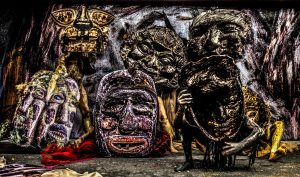 by Veronica Stigger
by Veronica Stigger
In January 1975, Clarice Lispector received an invitation letter, signed by Simón González, a Colombian businessman, politician, and mystic, inviting her to take part in the First World Congress of Witchcraft, which would be held between August 24 and 28 of that same year in Bogotá, Colombia. [...] But why was Clarice Lispector invited to the First World Congress of Witchcraft?
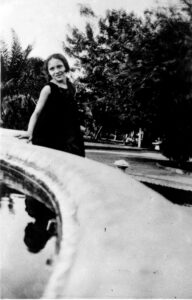 by Bruno Cosentino
by Bruno Cosentino
Every year, in the liturgical calendar of the Catholic Church, Carnival is followed by Lent, a period in which the faithful withdraw from mundane life to dedicate themselves to sacrifices, charity, and prayer.
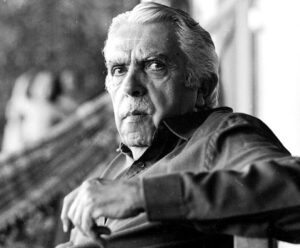 by Rubem Braga
by Rubem Braga
It would be possible to say that Clarice Lispector’s finesse recalls that of Virginia Woolf – which actually seems to be her strongest influence. But what most surprises and captivates me in Clarice’s short stories...
 by Paulo Gurgel Valente
by Paulo Gurgel Valente
I believe that Clarice and I shared a common feeling: objects are not inanimate, on the contrary, they have a secret life. I do not know if the reader has already tried turning off the lights at night in your room and, little by little, noticed that your eyes adapt to the dark and finally you can perceive the living presence of things.
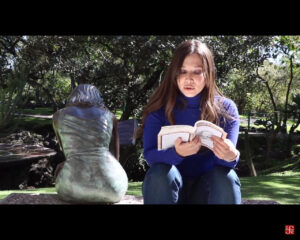 by Victor Heringer
by Victor Heringer
Clarice Lispector’s birthday was last Sunday, December 10, but the “Clarice’s Hour” celebrations continue in Brazil and abroad.
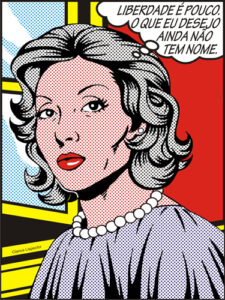 by Elizama Almeida
by Elizama Almeida
According to a survey done by YouPIX in June 2012, Clarice is the most quoted writer on Twitter. Every day more than 3.5 thousand phrases by the author – or attributed to her – are posted on there.







